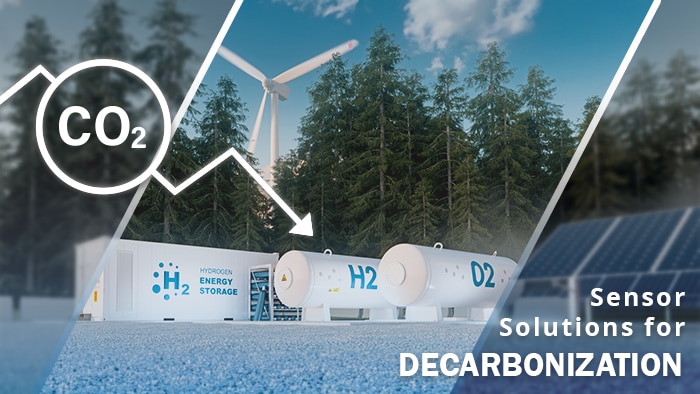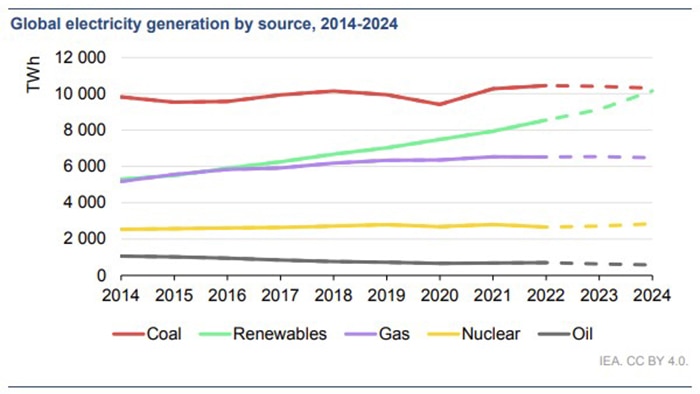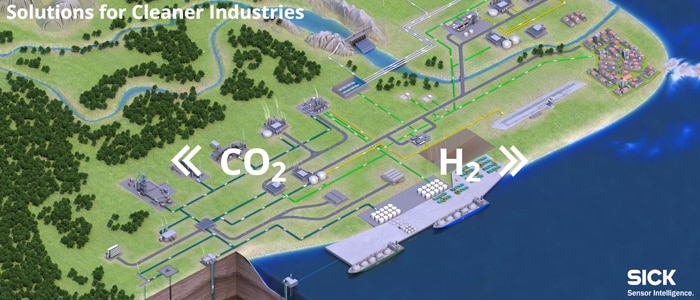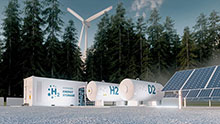The energy transition is one of the main agenda topics of all of us these days. Using solar and wind renewable energy sources are increasing rapidly. On the other hand, global energy demand is also constantly increasing. Industries for manufacturing metal and steel, cement, chemicals, and petrochemicals in particular, but also waste incinerations and fossil fuels power plants are responsible for a large part of the CO2 emissions. Nevertheless, conventional energy sources aren`t losing their role overnight. The transition is occurring in stages: from coal to natural gas and liquefied natural gas (LNG) through to synthetic fuels and, in the end, hydrogen – a more clean energy source. Besides carbon capture, utilization, and storage (CCUS), there are numerous approaches for reducing CO2 emissions.
You will find out what those approaches are and how SICK can support them in our six-part series. Today, part one of our series on decarbonization with a focus on CCUS and the SICK strategy.










